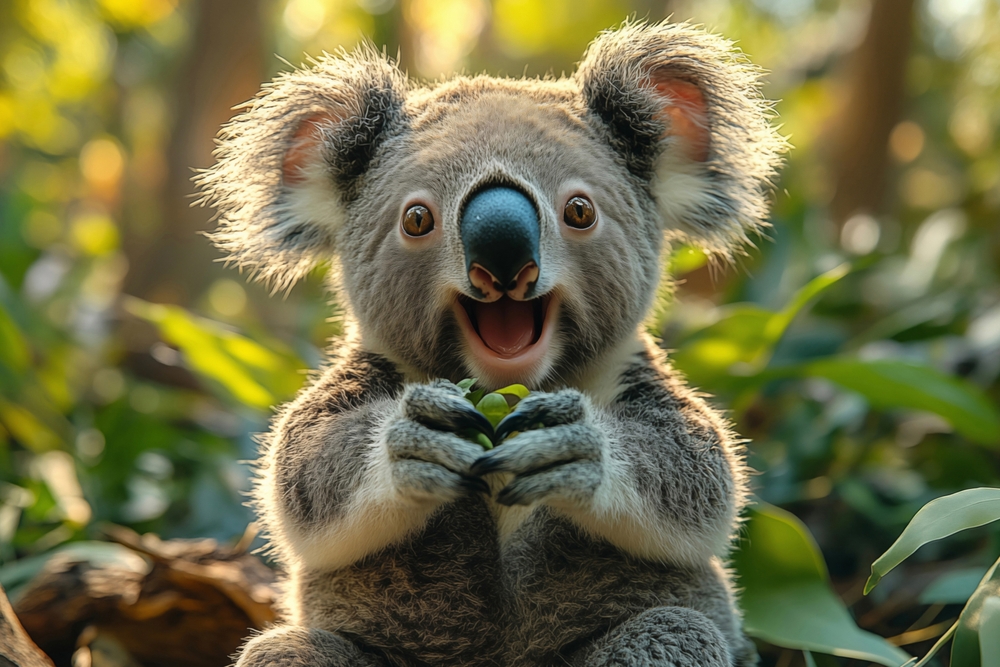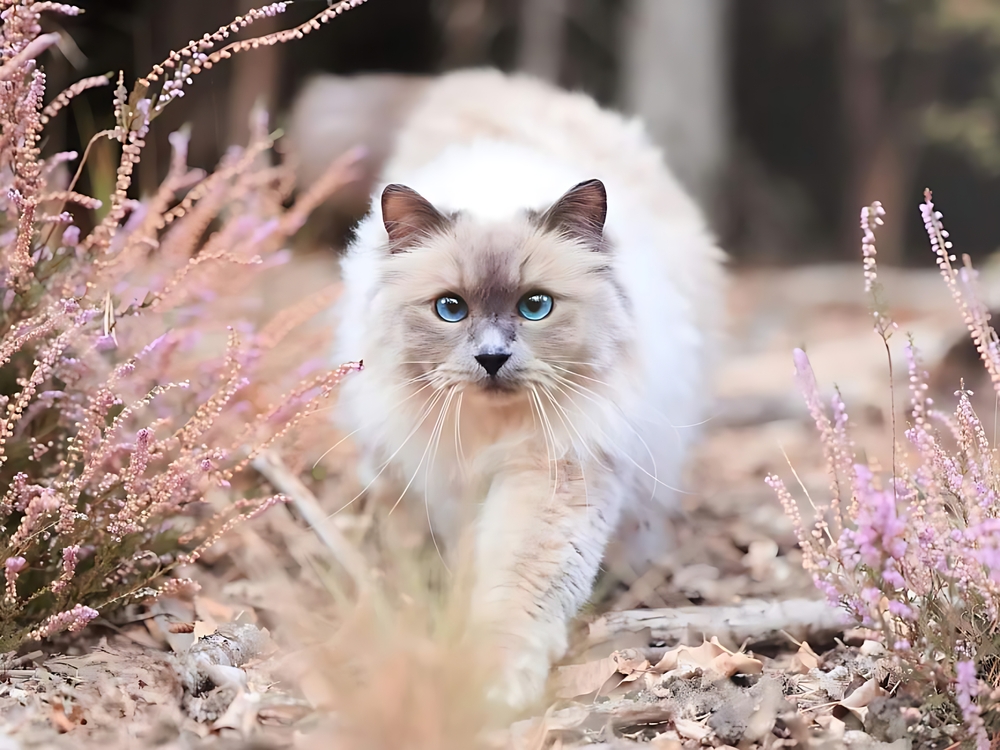When we imagine cute and cuddly animals, koalas often top the list with their teddy bear-like appearance and gentle demeanor. However, the animal kingdom is full of other adorable creatures who can give koalas a run in the cute and cuddly department. From fluffy fur to heart-melting eyes, these animals possess an undeniable charm that can make your heart skip a beat.
1. Red Pandas: The Adorable Acrobats
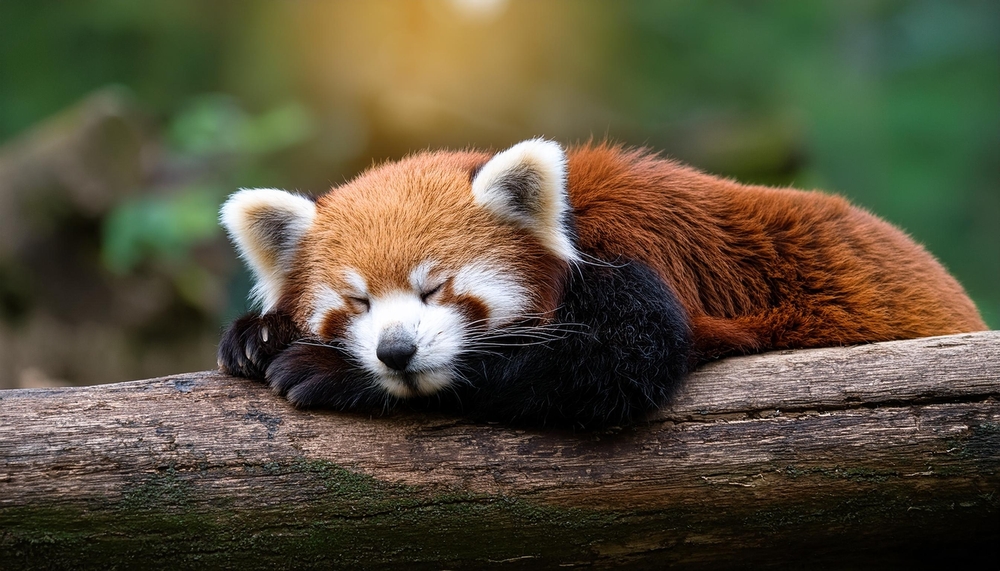
Red pandas, with their bushy tails and reddish-brown fur, are a sight to behold. Found in the eastern Himalayas and southwestern China, these acrobatic creatures spend most of their time in trees. They are known for their playful antics and can often be seen somersaulting in the branches. According to the World Wildlife Fund, red pandas are solitary animals, making their rare interaction moments even more precious. Their diet consists mainly of bamboo, much like their giant panda relatives, but they also relish the occasional insect or fruit.
Their expressive eyes and gentle demeanor make them irresistibly charming, and it’s no wonder they’ve become popular in zoos worldwide. Unfortunately, red pandas are classified as endangered due to habitat loss and poaching, which makes conservation efforts crucial for their survival. These endearing creatures remind us of the beauty and fragility of the natural world, urging us to protect their habitats. If you ever get the chance to see a red panda up close, take a moment to appreciate their delicate grace and innate cuteness.
2. Quokkas: The Happiest Animals on Earth
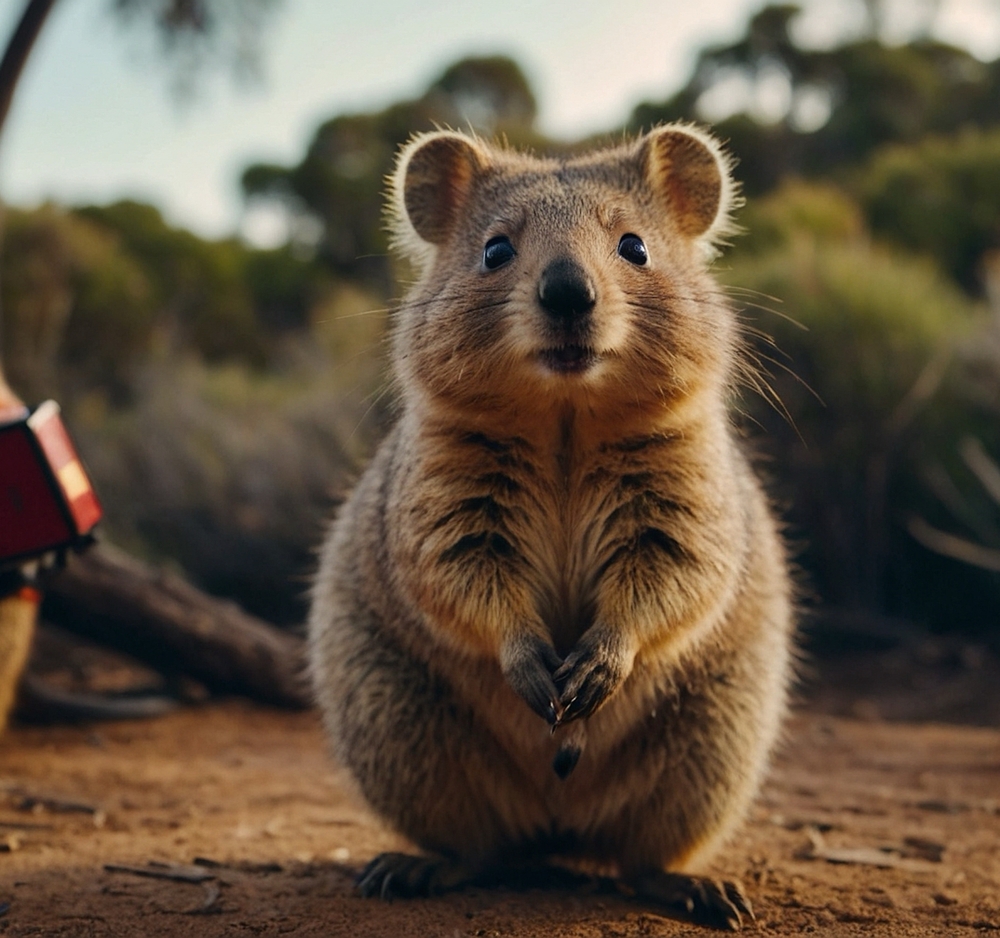
Quokkas have gained a reputation as the happiest animals on Earth, and for good reason. These small marsupials, native to Australia, are known for their friendly nature and perpetual smiles. Often referred to as “selfie kings,” quokkas have charmed many visitors with their photogenic grins, as seen in countless social media posts. According to National Geographic, quokkas are nocturnal, spending their nights foraging for food and their days resting in the shade. Their diet mainly consists of grasses and leaves, but they’re not picky eaters and will happily munch on fruits and seeds.
Quokkas are social animals and often live in groups. Despite their friendly appearance, they face threats from habitat destruction and introduced predators like foxes and cats. Conservationists are working to ensure their survival so that future generations can continue to enjoy their cheerful presence. If you ever visit Rottnest Island, where these adorable creatures are most commonly found, you’ll be greeted with their heartwarming smiles and unmistakable charm.
3. Sloths: The Masters of Relaxation
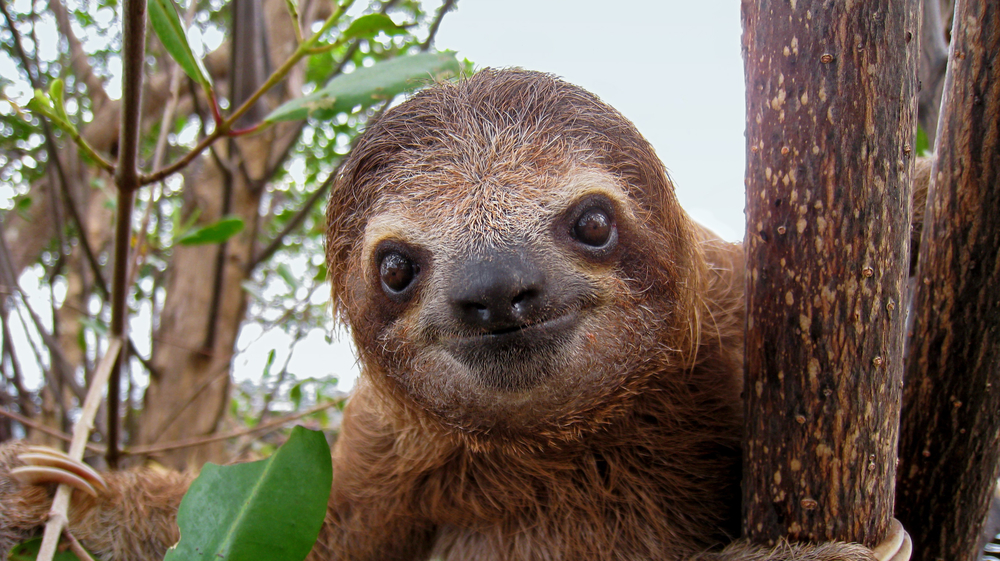
Sloths, with their slow movements and serene expressions, have captured the hearts of many. Found in the tropical rainforests of Central and South America, these gentle creatures are known for their leisurely lifestyle. According to BBC Earth, sloths spend most of their lives hanging upside down in trees, munching on leaves and twigs. Their slow metabolism allows them to conserve energy, making them the ultimate embodiment of relaxation. With their distinctive facial markings and long claws, sloths have a unique charm that’s hard to resist.
Despite their slow pace, sloths are surprisingly good swimmers and can hold their breath underwater for up to 40 minutes. Unfortunately, deforestation and human encroachment pose significant threats to their habitat. Conservation efforts aim to protect these peaceful creatures and their natural environment. Next time you find yourself stressed, take a cue from the sloth and slow down, savoring the simple joys of life.
4. Fennec Foxes: The Desert Darlings
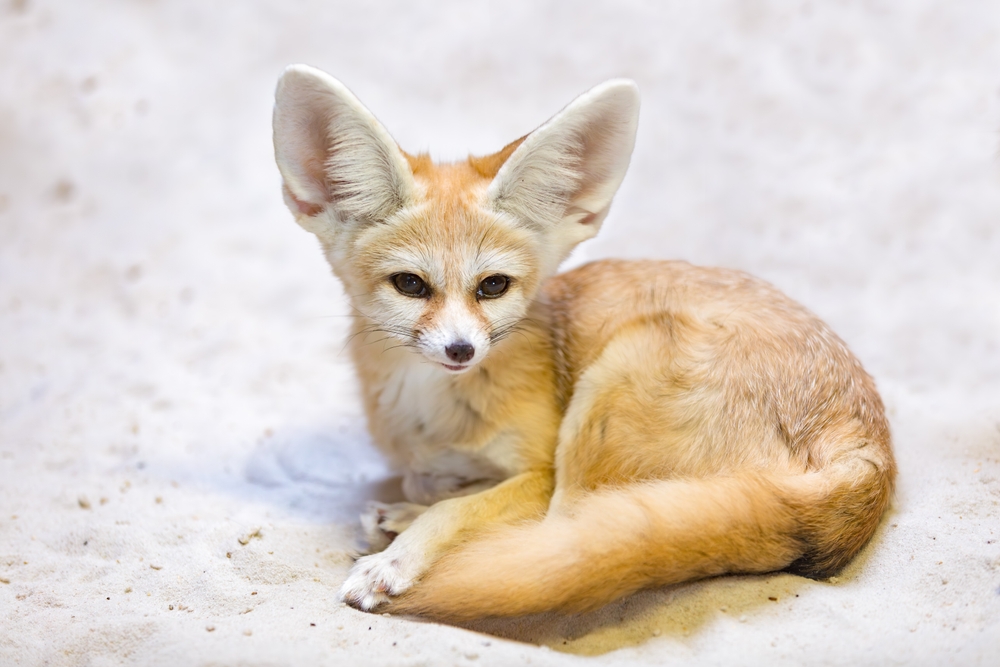
Fennec foxes, with their oversized ears and petite frames, are desert dwellers that know how to capture attention. Native to the Saharan sands of North Africa, these nocturnal creatures have adapted perfectly to their arid environment. Their large ears not only enhance their cuteness but also serve a practical purpose by dissipating heat and aiding in hunting. Fennec foxes are social animals, living in tight-knit family groups within underground burrows to escape the desert sun. Their diet primarily consists of insects, small rodents, and fruits, showcasing their adaptability and resourcefulness.
These adorable animals are known for their playful nature, often engaging in spirited games with their family members. Despite their small size, fennec foxes are incredible jumpers, able to leap many times their body length. While their populations are stable, habitat disturbance and the illegal pet trade pose ongoing challenges. Their lively spirit and undeniable charm remind us of the diverse beauty of nature, even in the harshest environments.
5. Hedgehogs: The Spiky Sweethearts
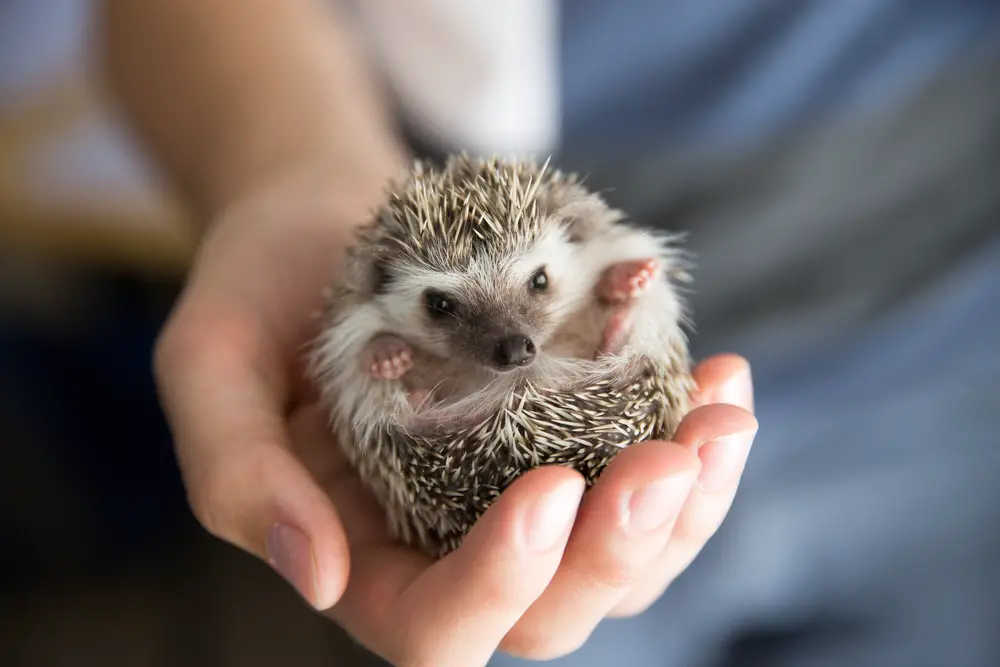
With their spiky exteriors and curious personalities, hedgehogs have become beloved pets and wildlife icons. Native to Europe, Asia, and Africa, these nocturnal creatures are often seen rustling through gardens in search of food. Their diet is omnivorous, consisting of insects, fruits, and the occasional small vertebrate. Despite their prickly appearance, hedgehogs are quite gentle and can curl into a cute, defensive ball when threatened. This endearing habit has made them a favorite subject in children’s literature and cartoons.
Hedgehogs have a keen sense of smell and hearing, which helps them navigate their surroundings efficiently. While they are resilient creatures, they face threats from habitat loss and road traffic. Conservation efforts focus on creating hedgehog-friendly environments and raising awareness about their needs. Whether encountered in the wild or as a pet, these spiky sweethearts never fail to evoke a smile.
6. Capybaras: The Social Swimmers
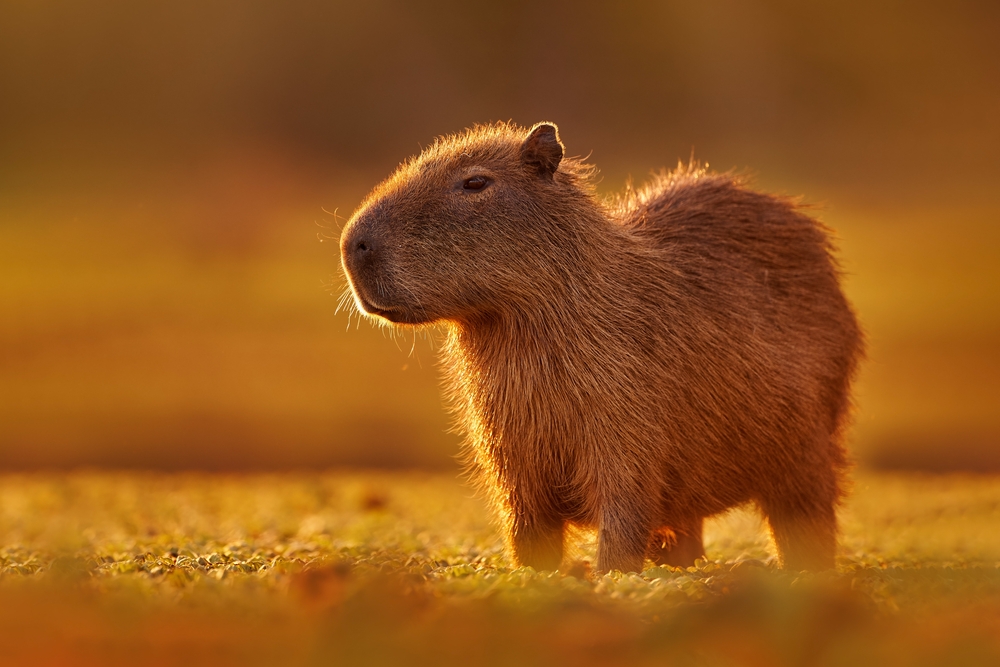
Capybaras, the world’s largest rodents, are known for their calm demeanor and social nature. Found in South America’s savannas and wetlands, these semi-aquatic creatures are excellent swimmers. Their webbed feet and water-repellent fur make them perfectly adapted to life in and around water bodies. Capybaras are herbivores, primarily consuming grasses and aquatic plants, which they graze on while partially submerged. Their gentle nature and tendency to live in groups have made them popular among other animals, often seen mingling with birds and monkeys.
In their natural habitat, capybaras play a crucial role in maintaining the ecological balance by controlling aquatic vegetation. Despite being hunted for their meat and hides, they are not currently endangered. However, ongoing conservation efforts are vital to ensure their habitats remain intact. With their serene presence and amiable nature, capybaras remind us of the importance of coexistence in the wild.
7. Bunnies: The Fluffy Friends
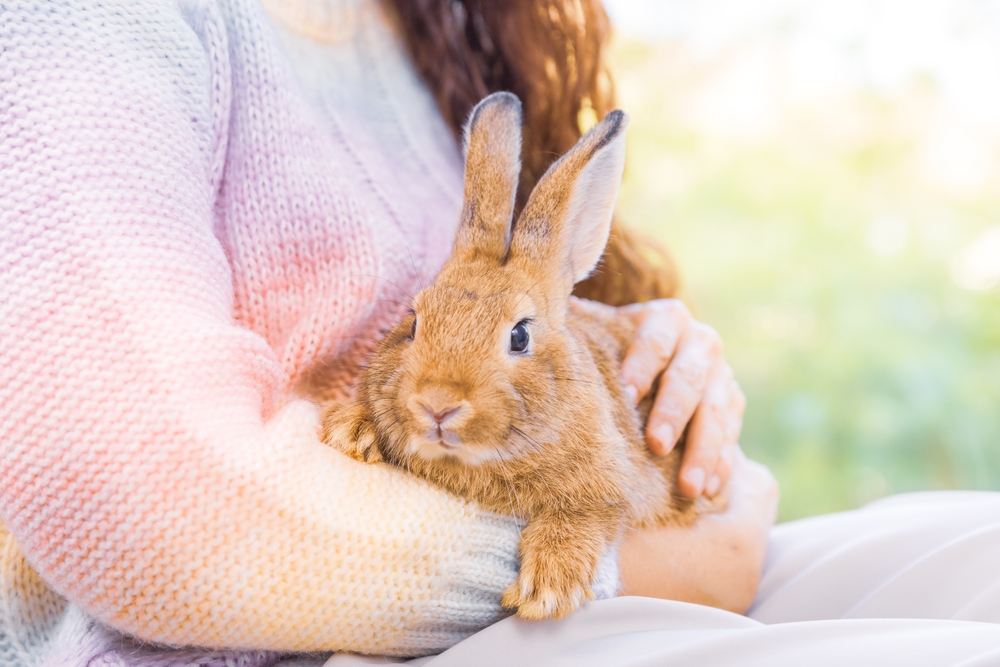
Bunnies, with their fluffy coats and twitching noses, are quintessential symbols of cuteness. These small mammals, found in various parts of the world, are known for their gentle nature and playful antics. With a diet consisting mainly of grass, vegetables, and hay, bunnies are herbivores with a sweet tooth for the occasional fruit. Their strong hind legs enable them to hop swiftly, escaping predators in the wild. Bunnies have an insatiable curiosity and often engage in adorable behavior, such as binkying — a joyful leap into the air.
Social animals by nature, bunnies thrive in groups and have complex communication systems involving body language and sounds. They are popular pets, bringing joy and companionship to countless households. However, owning a pet bunny requires commitment and understanding of their needs, as they require space, enrichment, and social interaction. Whether in the wild or as a beloved pet, bunnies continue to enchant with their fluffy charm.
8. Otters: The Playful Water Lovers
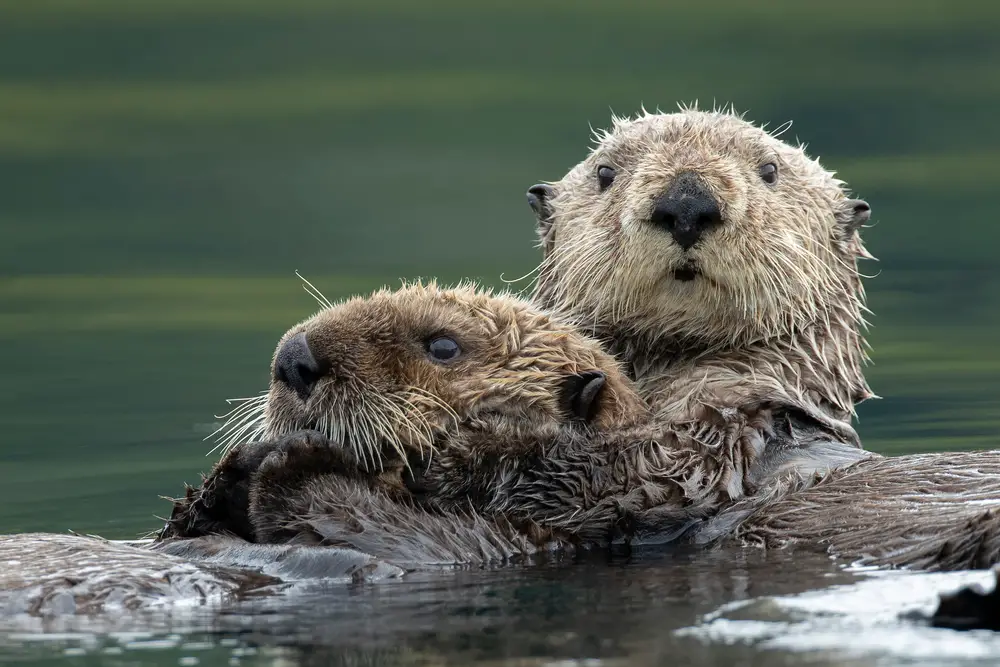
Otters, with their sleek bodies and playful behavior, are aquatic mammals that capture hearts worldwide. Found in rivers, lakes, and coastal regions, these animals are known for their intelligence and dexterity. Otters are skilled hunters, using tools like rocks to break open shellfish and other prey. Their social nature is evident in their playful interactions, often seen sliding down muddy banks and play-fighting with each other. Otters have dense fur to keep them warm in cold water, and they must groom regularly to maintain its insulating properties.
These endearing creatures are indicators of healthy ecosystems, as they require clean water and abundant food sources. Unfortunately, pollution and habitat destruction pose significant threats to otter populations. Conservation efforts focus on preserving their habitats and ensuring sustainable water management practices. With their joyful antics and lively spirit, otters remind us of the beauty and joy found in nature’s waterways.
9. Kinkajous: The Nighttime Explorers
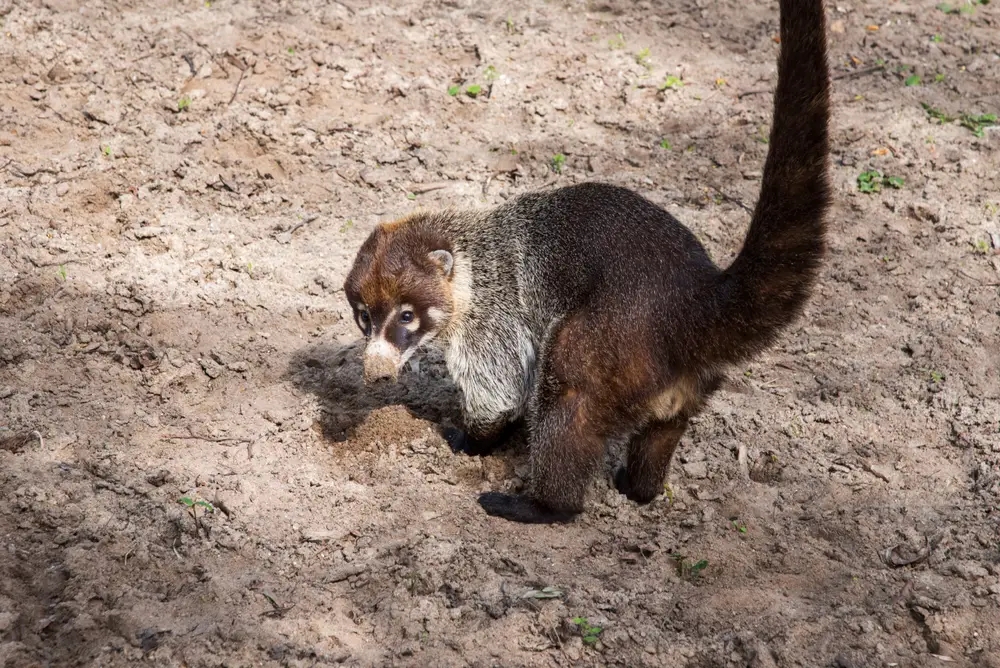
Kinkajous, with their big eyes and prehensile tails, are nocturnal mammals native to Central and South American rainforests. They belong to the same family as raccoons and coatis but have a distinct charm all their own. Known for their agility, kinkajous navigate the treetops with ease, using their tails for balance. Their diet primarily consists of fruit, nectar, and honey, which they access with their long tongues. Despite their reclusive nature, kinkajous are social animals, often found in small family groups.
These furry explorers communicate through a series of vocalizations and scent markings, creating a complex social structure in the dense forest canopy. While they are not currently endangered, habitat loss poses a significant threat to their populations. Conservation efforts focus on preserving their natural habitats and raising awareness about their role in the ecosystem. Kinkajous enchant with their nocturnal lifestyle and remind us of the mysteries hidden within the rainforest.
10. Chinchillas: The Fluffy Acrobats
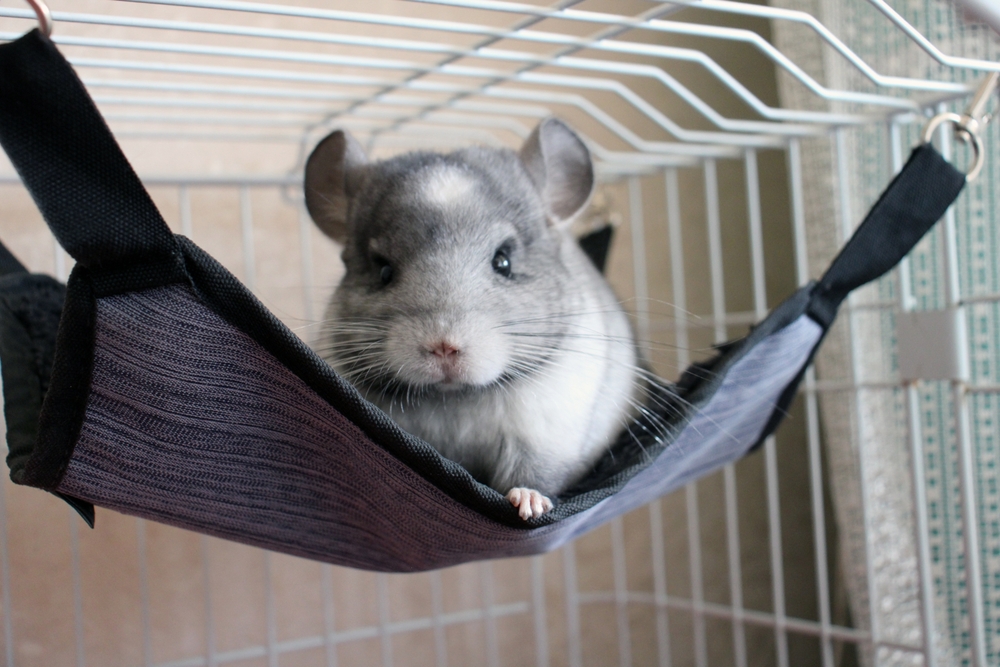
With their luxurious fur and lively personalities, Chinchillas are small rodents native to the Andes mountains of South America. Known for their agility, these nocturnal creatures are expert climbers, leaping from rock to rock in search of food. Their dense fur, which is among the softest in the animal kingdom, protects them from the harsh mountain climate. Chinchillas are herbivores, feeding on a diet of grasses, seeds, and fruits. They are social animals, living in colonies that provide protection and companionship.
Despite their endearing qualities, chinchillas face threats from habitat destruction and hunting for their prized fur. Conservation efforts aim to protect their natural habitats and promote sustainable practices. As pets, chinchillas require a dust bath to maintain their fur and ample space to exercise and explore. These fluffy acrobats captivate with their playful nature and remind us of the importance of preserving biodiversity.
11. Pikas: The Alpine Cuties

Pikas, with their round bodies and short ears, are small mammals that inhabit mountainous regions across Asia and North America. They are closely related to rabbits but have distinct adaptations for life in the high altitudes. Pikas are herbivores, feeding on grasses and plants, which they gather and store for the winter months. Their vocalizations, consisting of sharp calls and whistles, help them communicate and warn others of predators. Despite their small size, pikas play a crucial role in their ecosystems by influencing plant communities.
Climate change poses a significant threat to pikas, as rising temperatures impact their alpine habitats. Conservationists are working to monitor pika populations and advocate for climate action to protect these adorable creatures. Pikas charm with their industrious behavior and resilience in harsh environments. They remind us of the delicate balance of mountain ecosystems and the importance of conservation efforts in the face of changing climates.

